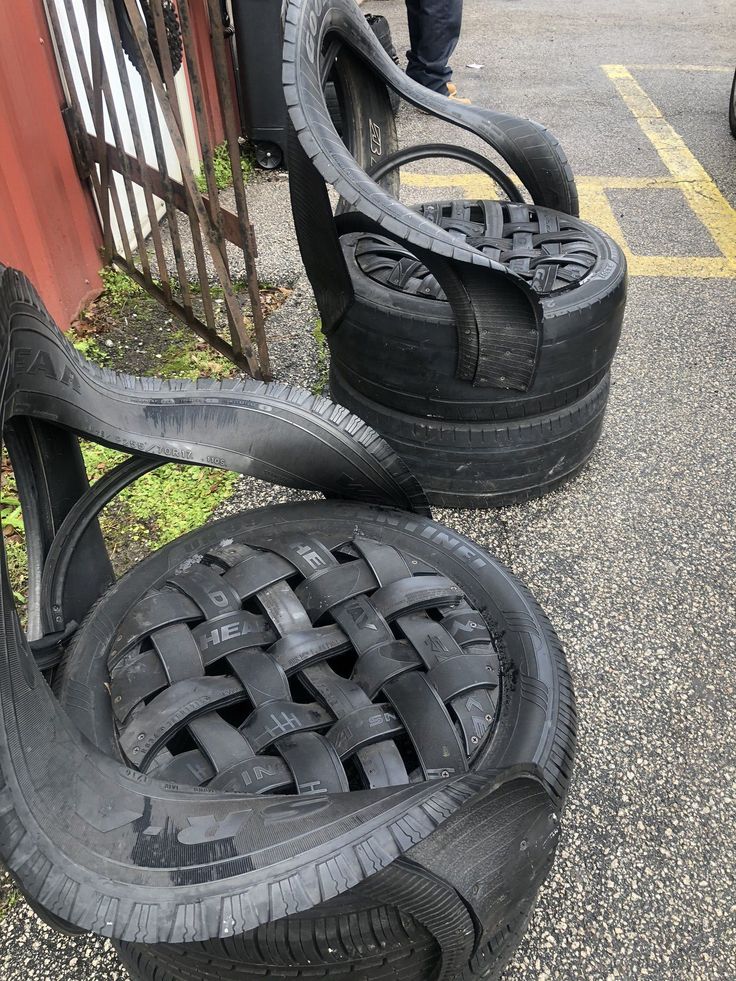From potholes to stray nails and screws, your tires can encounter a lot of hazards on the road. And when they become damaged or go flat, you might be wondering whether you should purchase a new set or get the tire repaired professionally.
Not every flat or punctured tire can be fixed, but there are other instances where you can get the tire — and your entire car — back on the road with a quick repair. Read on to learn what kind of tire damage can be repaired and when you should get a replacement.
Puncture location and severity of damage can often be the deciding factors between getting a tire repaired vs. replaced. If you've got a tire that's been punctured in the tread area and it doesn't measure more than 1/4 of an inch (6mm) in diameter, a simple repair may do the trick.
If the tire has two punctures, getting a tire repaired may still be an option as long as the punctures are at least 16 inches apart and the maximum number of repairs does not exceed a total of 2 in the tire. Any more punctures than that, and you should consider getting a new tire. Punctured tires will likely need to be replaced if:
Durable run-flats, such as Bridgestone DriveGuard tires, can often buy you a little more time in a flat tire situation. But if driven on with less than 15PSI, they may not be repairable. To prevent this issue on run flats and otherwise, avoid driving your vehicle if you have a flat or are low on air.
If you notice a bubble in your tire's sidewall, this has likely been incurred by high-impact damage. Factors like driving on a flat, hitting a pothole or curb the wrong way, riding over speed bumps or railroad crossings too quickly, or overloading your tires can all lead to this issue. Although this tiny bulge may not seem intimidating, tires with side bubbles are not repairable, and you should have the tire replaced as soon as possible.
Although this tiny bulge may not seem intimidating, tires with side bubbles are not repairable, and you should have the tire replaced as soon as possible.
Repaired tires can often be mended again if the damage doesn't compromise a previously repaired area. For example, if you have a nail-in-tire situation, you may be able to do a quick repair if the puncture location doesn't overlap with a previous tire injury and the repair was done properly. If it does overlap, you will likely need a replacement.
Oftentimes, affected tires will need to be replaced following a major incident. If the tire has sustained serious damage in a crash, such as significant cuts or tread separation, it should be replaced, not repaired.
You might be tempted to do a quick fix when you do have a flat or damaged tire. Here are two that can be used in emergency or short-term situations but shouldn't be considered long-term tire repairs:
These fast fixes are a double-edged sword.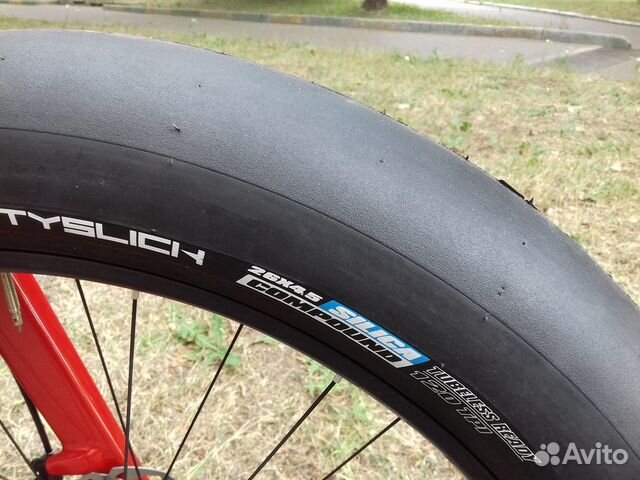 They'll help you get your car to a local Firestone Complete Auto Care, but don't count on them to keep you on the road for very long. Tire sealants can freeze in cold weather, damage your tire pressure monitoring system, and prove ineffective at repairing any tire damage that's more serious than a slow leak or small hole. It's also important to note that our technicians will not be able to fix punctures in tires with emergency temporary sealants.
They'll help you get your car to a local Firestone Complete Auto Care, but don't count on them to keep you on the road for very long. Tire sealants can freeze in cold weather, damage your tire pressure monitoring system, and prove ineffective at repairing any tire damage that's more serious than a slow leak or small hole. It's also important to note that our technicians will not be able to fix punctures in tires with emergency temporary sealants.
Again, these are quick fixes that aren't meant to enable long-term use of a punctured or damaged tire. When considering a flat tire patch or replacement, remember that a patch doesn't fill in the hole left by a puncture — while a plug doesn't offer a permanent seal. In short, patching or plugging alone are never adequate long-term solutions. That's why at Firestone, our technicians can use a patch-plug combo to provide an adequate long-term solution for some tire punctures.
To ensure your tire is safely repaired or replaced, it's best to have it inspected and serviced by a trained technician.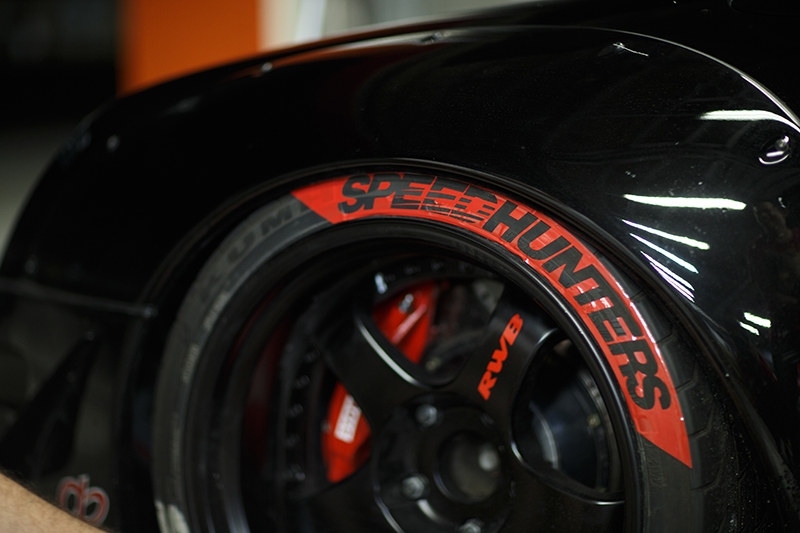 Visit your local Firestone Complete Auto Care and ask about our tire repair services. Your safety is our priority, and we back all of our work with a triple promise that guarantees your repair will be Fixed Right, Priced Right, Right on time.
Visit your local Firestone Complete Auto Care and ask about our tire repair services. Your safety is our priority, and we back all of our work with a triple promise that guarantees your repair will be Fixed Right, Priced Right, Right on time.
Now that you know when to repair vs. replace a car tire, schedule your appointment today!
Patching is a measure to be taken when the tire has a flat condition. The causes of the above damage are due to being punctured by a sharp object, or the wall is not well resistant to friction from both sides of the body and the road surface, causing the thing to be worn away.
In such cases, instead of replacing a new one, many people choose the economical repair and still ensure good quality.
So, when can a tire not be patched?
The article will analyze each case in detail.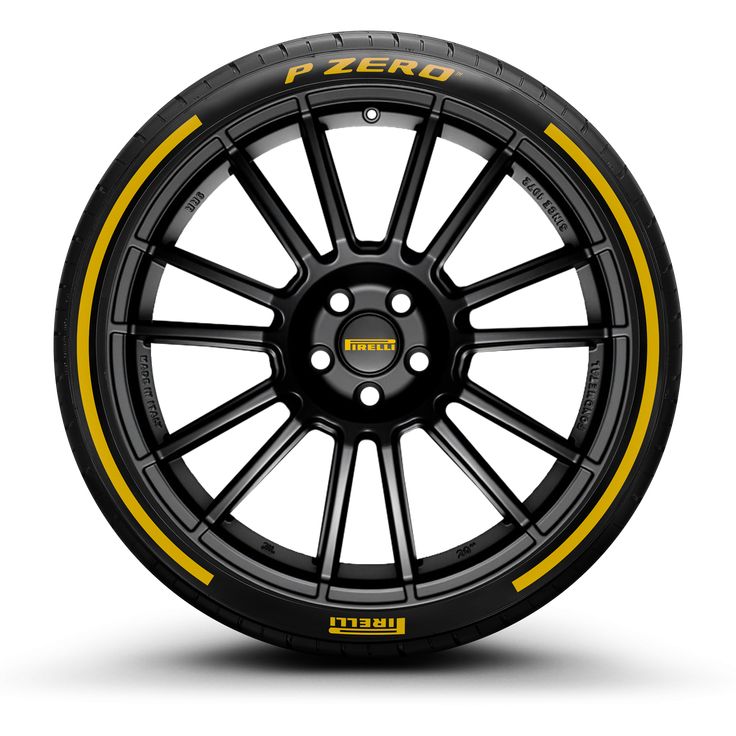 Let’s check it out!
Let’s check it out!
The damage often is a hole, a leak of air, these are all minor injuries, and most are thriving. A common way to finish them is to thread a gas carrier wire inside through the leaks found.
If the gap does not fit the hand, the worker will expand and stretch the wound with hot crude oils. Although the repair technique is quite simple, if the artistry of the mechanic is not good, the fixation is not in the correct position, it will affect the life of the whole wheel.
The plugs and straps support many risks of breakage during the airflow leading to bulging and misaligned conditions in the product.
So the correct way to repair the process is:
Depending on the case, the repair method is also different, but your tire cannot be patched anymore when you encounter the following conditions.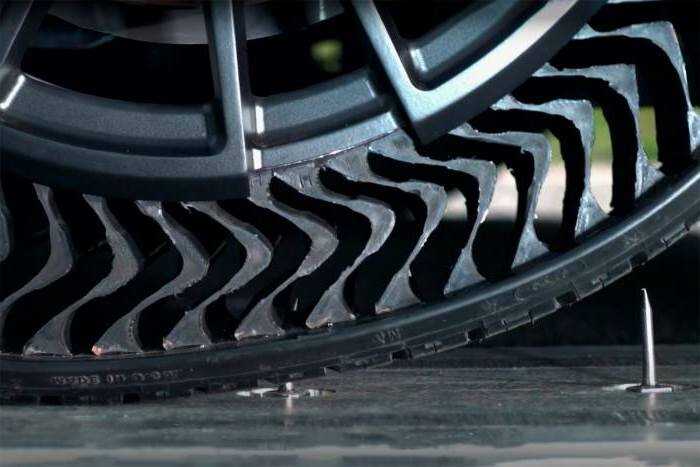
If the hole exceeds 6mm, you can never patch it. The larger the wound length, the higher the expansion problems; besides, the body structure is also gradually breaking down when the tearing of the air outlet is prolonged.
Next is the wear indicator that touches the 2/32 inch; danger will happen at any time because the traction is no longer adequate when you drive.
Your puncture is in the shoulder area.The tire’s sidewall is flexible and can be to a certain extent. When moving, the wheel is impacted by many objects such as gravel, etc.
So in terms of structure, the internal body design is more solid. When cracks appear in the tire’s sidewalls, the stickers during the move will peel off, weakening the air cushion between the repair contact surface, causing air to continue to leak.
It got stuck by a meteor.Damage from hitting a meteorite is actual. It was through the owner of the car.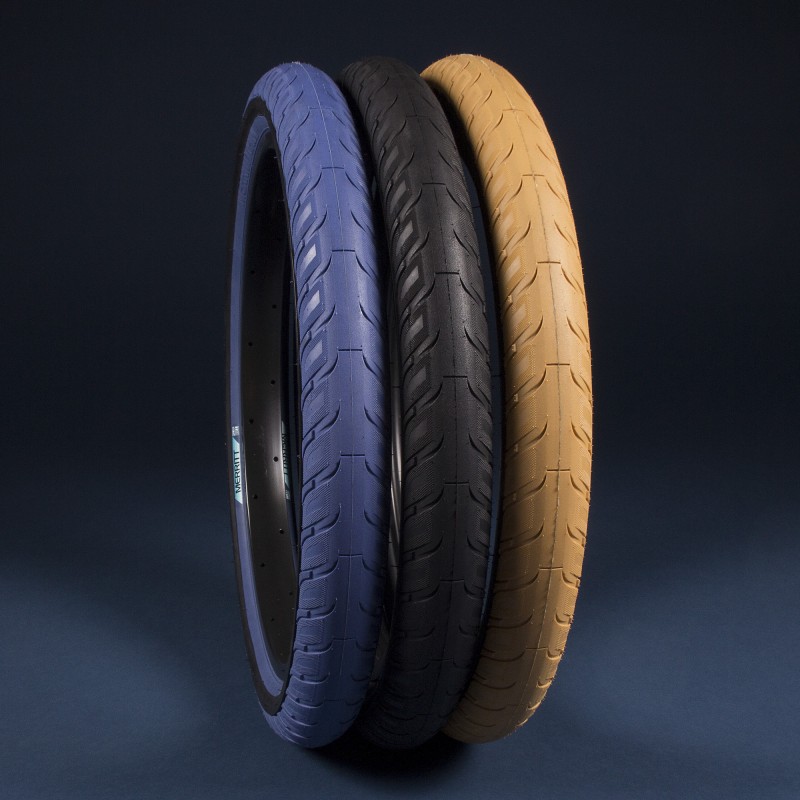 It looks pretty similar to commonly worn rocks, but the areas around the impact are melting because of the meteorite’s heat. So patching the damage is not possible.
It looks pretty similar to commonly worn rocks, but the areas around the impact are melting because of the meteorite’s heat. So patching the damage is not possible.
With this type, the process of releasing air pressure at the beginning of a puncture is slow, so you can continue to run to the repair shop.
But this is not too recommended because while moving, the body pressure has inadvertently eroded the wheel’s surface, solving the problem by multiplying.
Other problemsBesides the signs we have outlined above, there are many other reasons why you can not repair the wheel. Specifically:
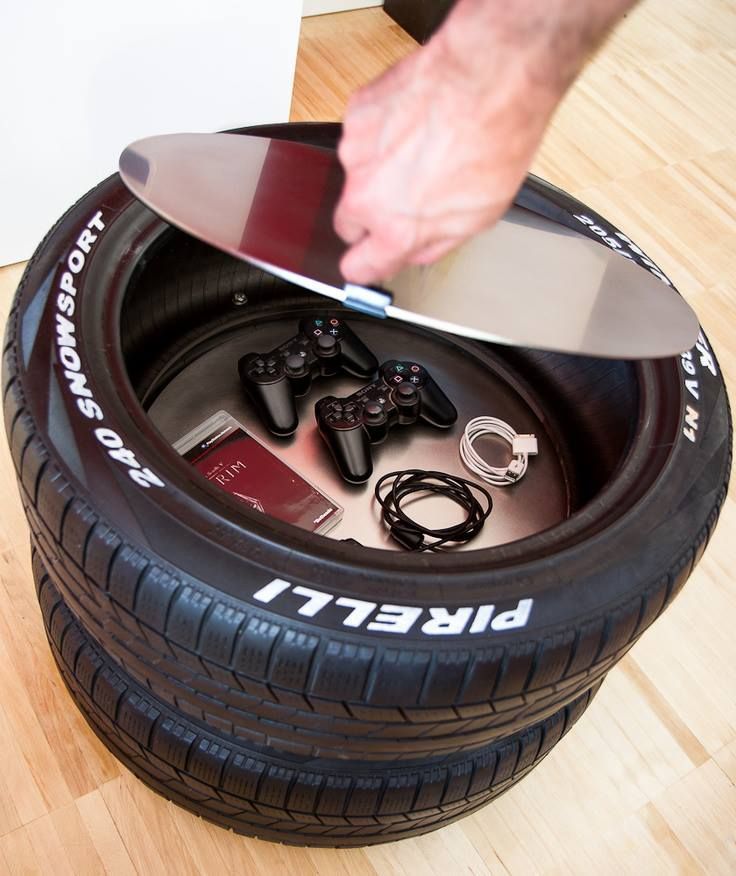
There are many reasons given, but the main one is that the damage occurs too severely, or lasts a long time, causing many other tire factors.
If you try to patch it up to repair, the air seal will not hold because the running wires will push the rubber sheet away from there, returning to the original condition.
When Can You Repair Tires?When the tire has damaged problems such as holes or wear on the wheel, it’s time to have it repaired. For common punctures, depending on the location determines the injury’s severity.
Regardless of exceptions, the hole is in the center of the tread, and the diameter exceeds 6mm; it is easy to fix. The patching method is also quite simple, but it requires an experienced professional to determine the correct position and force of the glue in the most accurate way.
Ideally, the tire should be complete from the rim for easy viewing, and the air outlet must fill, the wound mouth fixed from the inside.
Besides, you should regularly pay attention to the condition of the wheel to control the wear rate most surely. Driving to a service center is an effective way to protect both the tires and the body. Note that if the wear reaches the threshold of ⅔ inch, do not try to patch it but choose a new one.
For details, let’s see the video:
Can Bubble Tires Be Repaired?Bubbles in tires can be caused by many factors such as road conditions, lack of air pressure or weight overload, or manufacturing defects. The result of bubbles is the stretching of the layers in the wheel wall.
This situation can be re-filling it with air, preventing the delamination process. If you want to be sure, you should go to the center for effective maintenance.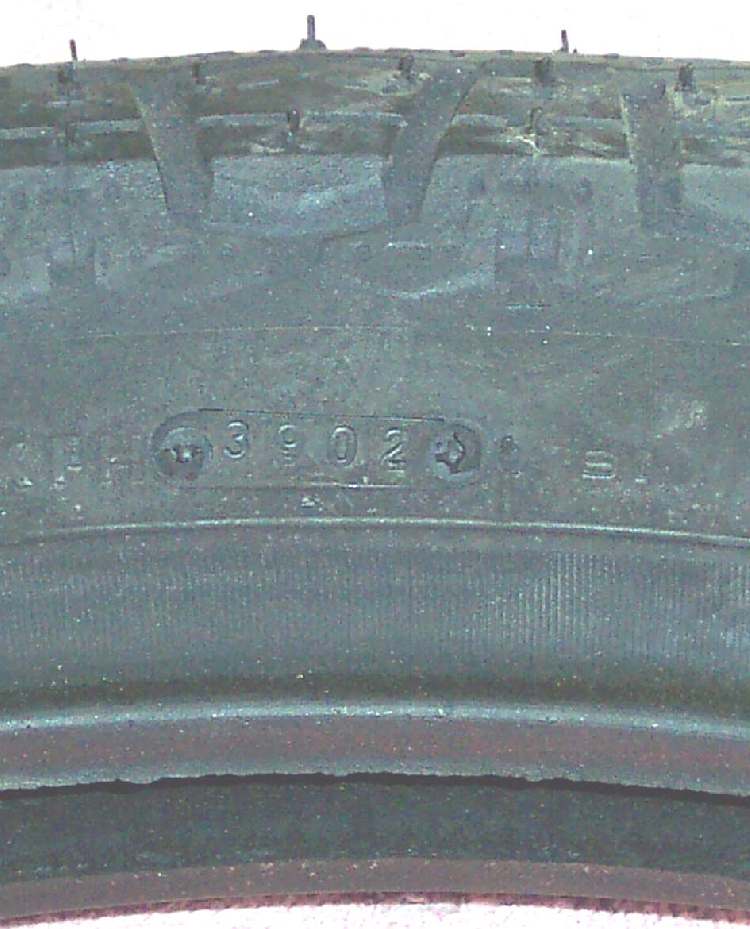
Detecting a wheel in trouble is relatively easy, but determining the tire’s extent is quite tricky. Although this problem occurs quite often, it also has aspects to pay attention to avoid, such as unrepairable cases to help save time and money.
In this article, we have given specific knowledge related to this issue. If you have any questions, don’t hesitate to reach us to solve them as soon as possible.
Most often, we ourselves are to blame for the fact that tires become unusable. But this can be avoided.
Related materials
You have never seen such tires: even the police were surprised
In the process of using a tire, a variety of damages can occur, most of which are the fault of the driver. As a result, rubber is wasted, and since the law prohibits the use of different tire models on the same axle, you have to spend money on replacing the second tire.
The most common damage is puncture . This is the most harmless type of damage, but only if you notice it in time and repair it right away. It is absolutely impossible to drive on a flat tire, even a couple of meters! The damage caused by running on a flat tire or with low pressure is catastrophic. This causes the sidewalls to deform more than they should, which causes the tire to overheat, delaminate, and the carcass becomes unusable due to broken cords. As a result, the tire will have to be thrown away. In addition, the edge of the rim can also be damaged.
Punctures are of two types: with and without cord damage. To determine this, it is necessary to remove what pierced it. If the edges of the puncture tightly converge, then the cord is not damaged and it will be possible to repair the tire without removing it from the disk. Otherwise, if the edges do not converge, you will have to disassemble the wheel and make repairs with strengthening the frame from the inside.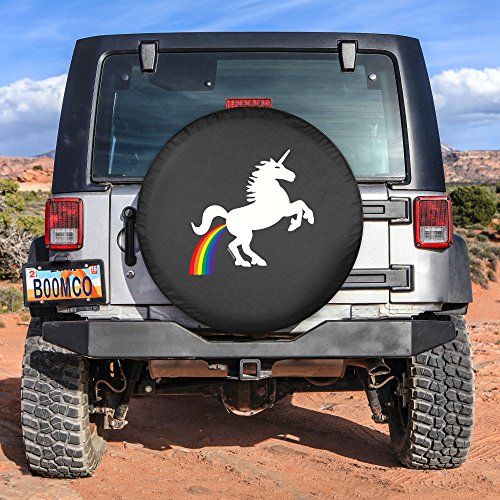 Alternatively, in the field and in the absence of a spare wheel, such a puncture can be repaired without removing the tire from the rim, after which you can carefully drive to a tire fitting or garage and make a full repair.
Alternatively, in the field and in the absence of a spare wheel, such a puncture can be repaired without removing the tire from the rim, after which you can carefully drive to a tire fitting or garage and make a full repair.
Related materials
Is it possible to pump up a wheel without a compressor - the experiment "Behind the wheel"
When repairing, the puncture site should be cleaned and marked. Further, it all depends on what kind of repair kit you have - as a rule, instructions are attached to them. There are sealants that are poured into the tire through the nipple, after which the wheel turns with the puncture down and the substance seals the hole. Repair using a tourniquet or insert is somewhat more complicated, but also more durable: the edges of the hole are polished with a special tool, after which the tourniquet treated with a special compound must be inserted into the tire through a puncture with a special awl, pulled out (not completely) out and cut flush with the surface.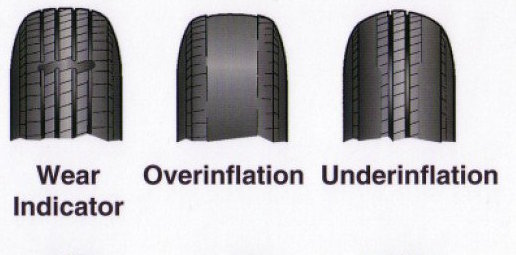
In case of damage to the cord due to a puncture, the tire must be removed from the rim in order to install a reinforced patch with an additional cord on its inner surface. One of the sides of such patches has an adhesive layer that promotes cold vulcanization. After such a repair, wheel balancing will be required. To seal punctures from the inside, patches in the form of a mushroom are also used, with a leg that goes into the puncture. Such patches are also covered with a special adhesive for cold vulcanization.
Cuts or holes , unlike punctures, are not repairable, as they violate the integrity of the frame, which can no longer be strengthened. In addition, breakdowns are always sudden and occur on the go: the tire abruptly loses pressure and before the car comes to a complete stop it has time to make several revolutions “on the rims”, which breaks the cord and destroys the layers. It is not recommended to use such a weakened tire, even if it was possible to repair and strengthen the place of the rupture or cut, in the future.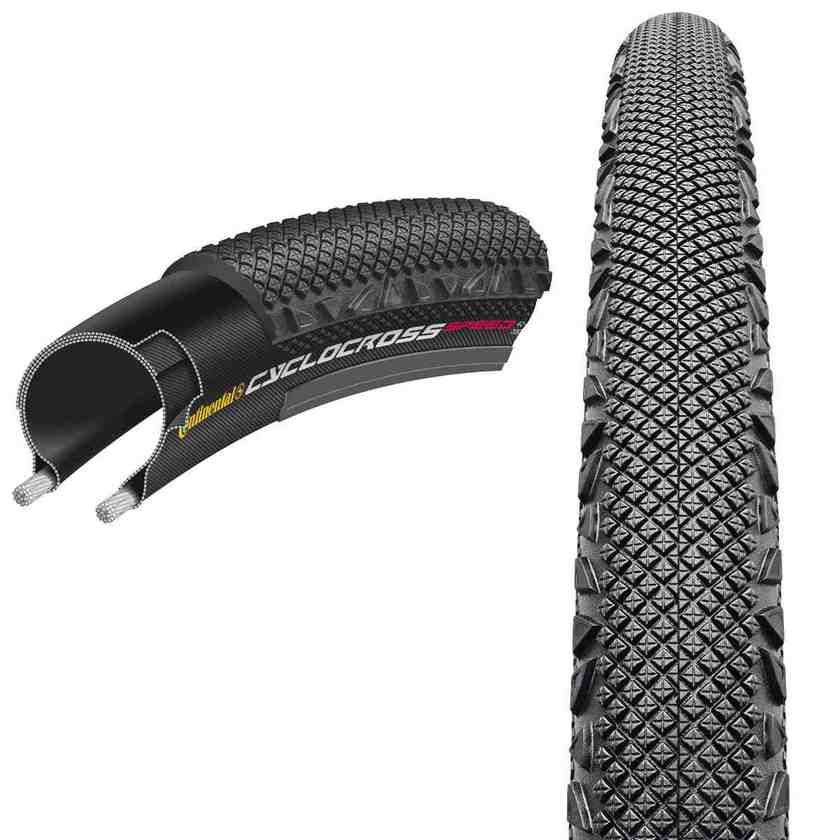
Related materials
8 tire storage rules - do you follow them all?
Incorrect storage of tires can cause cracks . The danger of such damage is that moisture enters the cord through cracks, which renders the frame unusable. In addition, air can escape through cracks. Unfortunately, cracks are not repairable, and tires with them will not last long: sooner or later they will deform, become covered with swellings due to rusted and torn cord or because of driving with pressure below the recommended one.
Blisters or bulges can appear on a tire for a variety of reasons - it always happens due to a broken cord or delamination in the carcass. In the first case, an obstacle was hit and the impact broke the cord or the cord was cut through with a sharp object. In the second case, there is no damage on or near the hernia, which means that it appeared either due to a factory defect, or due to frequent driving with pressure below the recommended one.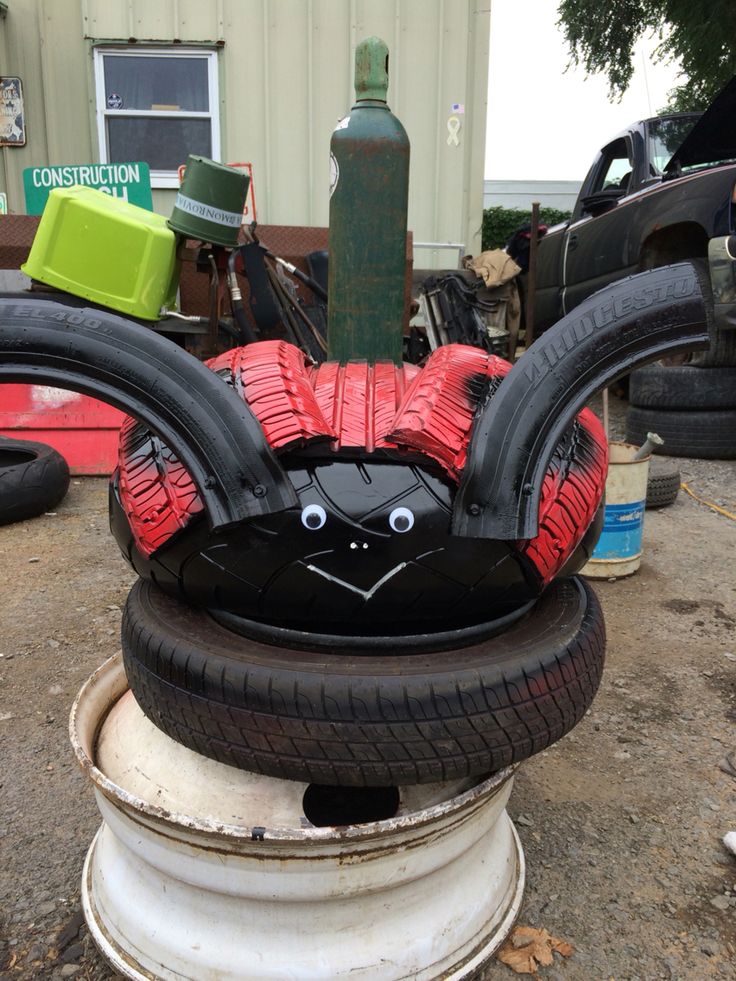 The danger of hernias is that they can explode at any moment and provoke a skid, which will lead to an accident. If there is nothing to replace a tire with a hernia, then it is better to rearrange it to the rear axle and drive very carefully. Like cracks, a hernia cannot be repaired. Sometimes small blisters resulting from impacts or cuts are reinforced with reinforced patches, but there is no guarantee that the tire will not explode. Therefore, tires with hernias are recommended to be replaced immediately.
The danger of hernias is that they can explode at any moment and provoke a skid, which will lead to an accident. If there is nothing to replace a tire with a hernia, then it is better to rearrange it to the rear axle and drive very carefully. Like cracks, a hernia cannot be repaired. Sometimes small blisters resulting from impacts or cuts are reinforced with reinforced patches, but there is no guarantee that the tire will not explode. Therefore, tires with hernias are recommended to be replaced immediately.
Related materials
Tire blackening - 6 ways to polish. Inexpensive!
Tire sidewalls can be damaged by rubbing against curbstones or the asphalt edge when pulling over. If you are prone to such a driving style, then it is recommended to inspect the inner and outer sidewalls from time to time and, if abrasion is found, swap the wheels in order to prevent the cord from being exposed - the rubber thickness on the sidewalls is small (1.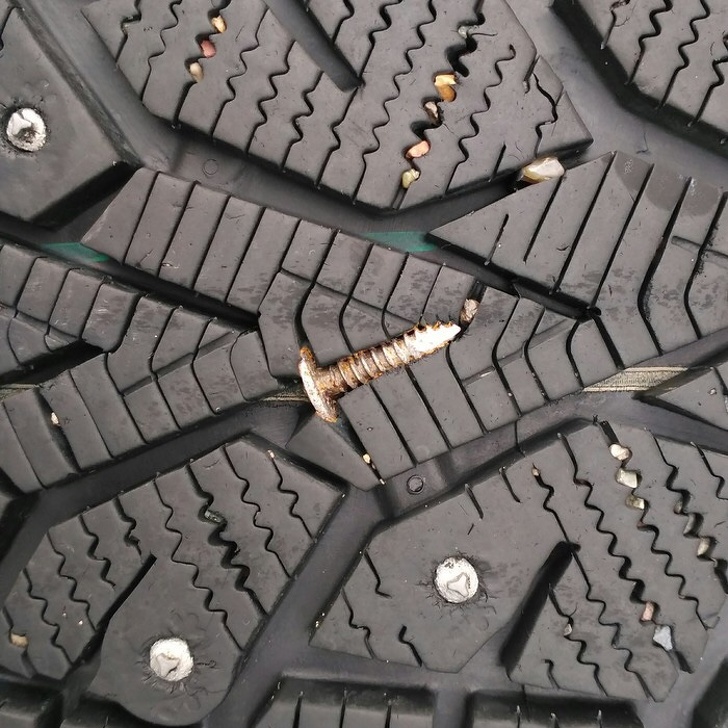 5–3 mm), and it can be rubbed to the frame very quickly.
5–3 mm), and it can be rubbed to the frame very quickly.
Often the cause of tire damage can be poor-quality tire fitting , during which the bead ring was damaged. In this case, the tire loses its geometry and “sits” crookedly on the disk - it writes out “eights” during rotation, and lateral vibration appears during the ride. It is impossible to repair such a tire - you need to replace it with a serviceable one as soon as possible before it damages the suspension: rods, hubs and bearings.
You can find out whether you are using tires correctly and what invisible damage they have received by the characteristic wear of the tread, the varieties of which are collected in the table for convenience:
Double side shoulder wear
Driving with less than recommended tire pressure.
Inflate the tires to the pressure recommended by the automaker (a plate with recommendations is attached in the driver's door opening) and find the cause of the fall: puncture, cracks, hernia, nipple, rust on the disc rim at the tire fit, etc.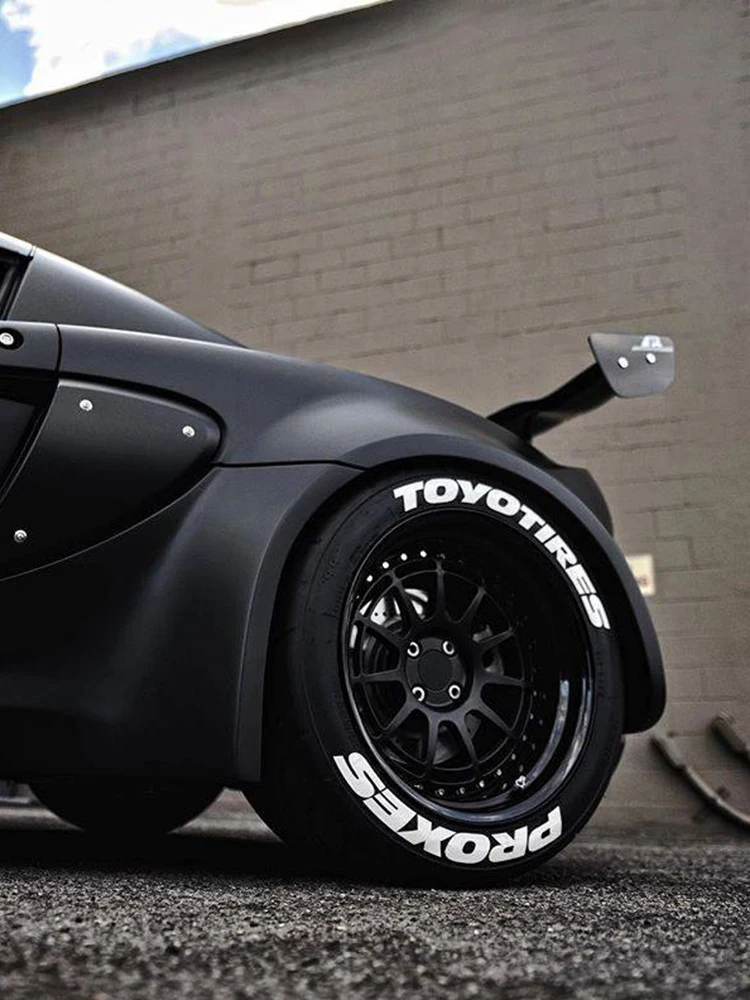
Center wear
Tire pressure too high.
Reduce the pressure to the recommended (indicated on the tablet in the driver's doorway)
In the form of rings and furrows
can be found on trailers or rear wheels of pickups and vans due to vibrations and vibrations and vibrations and vibrations due to vibrations and vibrations bouncing at high speeds.
Changing wheels on a loaded axle to equalize wear, driving with a heavier load.
Chipped wear with cuts
Frequent wheel spin on rocky surfaces.
Move the wheels to a non-driving axle, use the gas pedal more carefully when starting to move.
Photo: Petr Urbanek / Unsplash
Our new video
These 5 things you should have in your car in winter.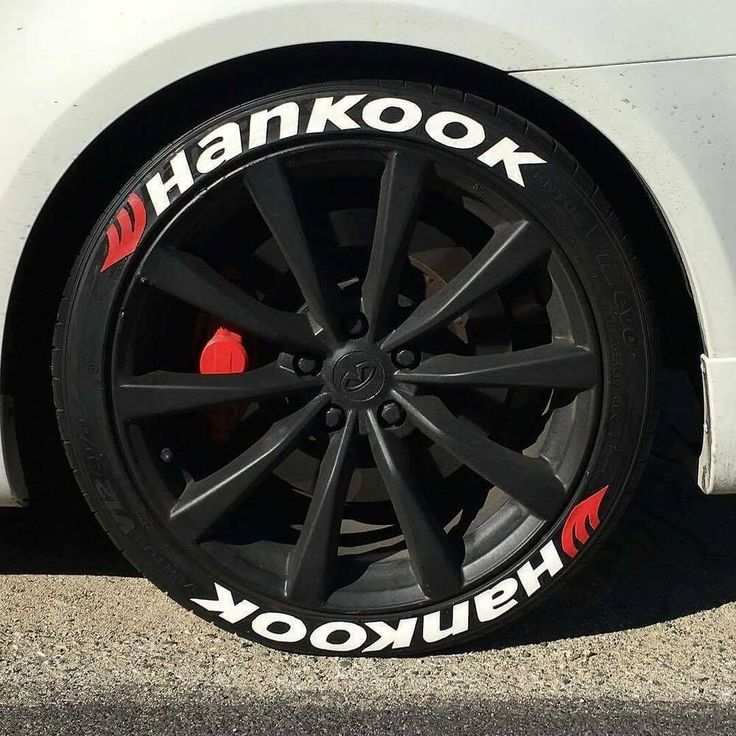 Do you have them?
Do you have them?
The most coveted Volga: 7 seats and a TV inside
Kangaroo test: our assembly, Chinese essence, Largus price
Like this note? Subscribe and you will always be in the know!
Driving on Yandex.Zen
News smi2.ru
(
Updated:
15/07/2021
)
Article content
It is not uncommon to see remnants of car rubber on the roads, most often a truck tire.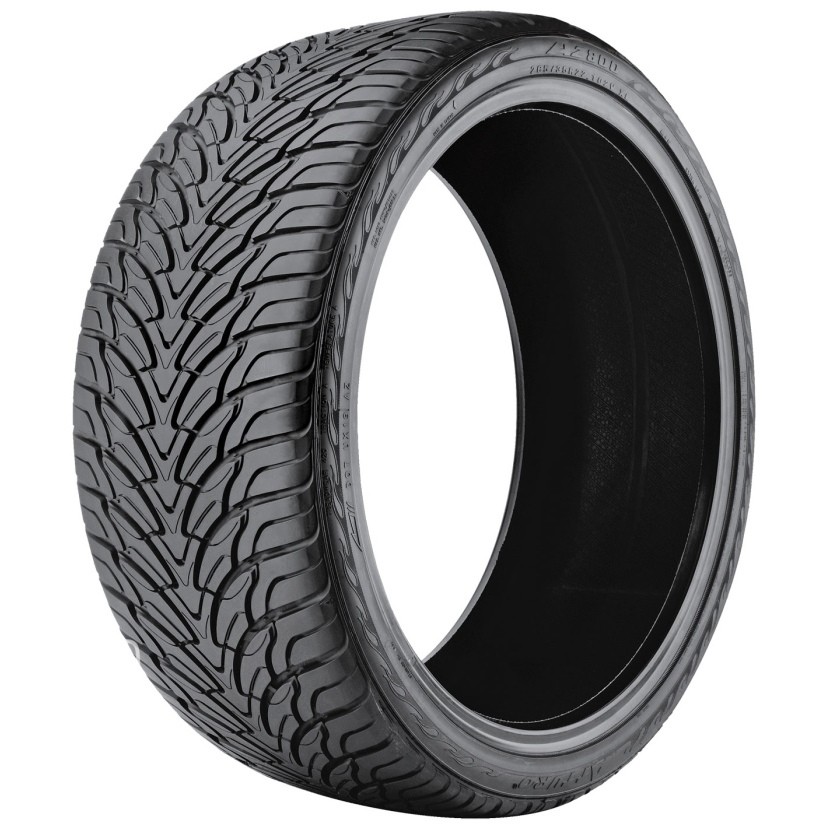 These are the consequences of a car wheel explosion. An unpleasant phenomenon that can lead to loss of control of the car and the creation of an emergency. A truck tire explosion is especially dangerous for other road users, given the heavy weight and dimensions of the dump truck.
These are the consequences of a car wheel explosion. An unpleasant phenomenon that can lead to loss of control of the car and the creation of an emergency. A truck tire explosion is especially dangerous for other road users, given the heavy weight and dimensions of the dump truck.
An inexperienced driver may be unable to drive at high speeds with a broken tire. Therefore, it is necessary to strive to avoid problems in motion. To do this, it is important to identify and eliminate problems in a timely manner.
In addition, tire failure can occur in motion from hitting bumps in the roadway or a foreign object lying on the road. In this situation, it all depends on the attentiveness of the driver of the car. Speed also affects - the higher it is, the more difficult it is to notice and, moreover, to go around an obstacle. In any case, you need to be aware of the possible problem and understand the solutions.
It is worth noting that in fact there is not an explosion in the usual sense of the word, but a sharp loss of pressure.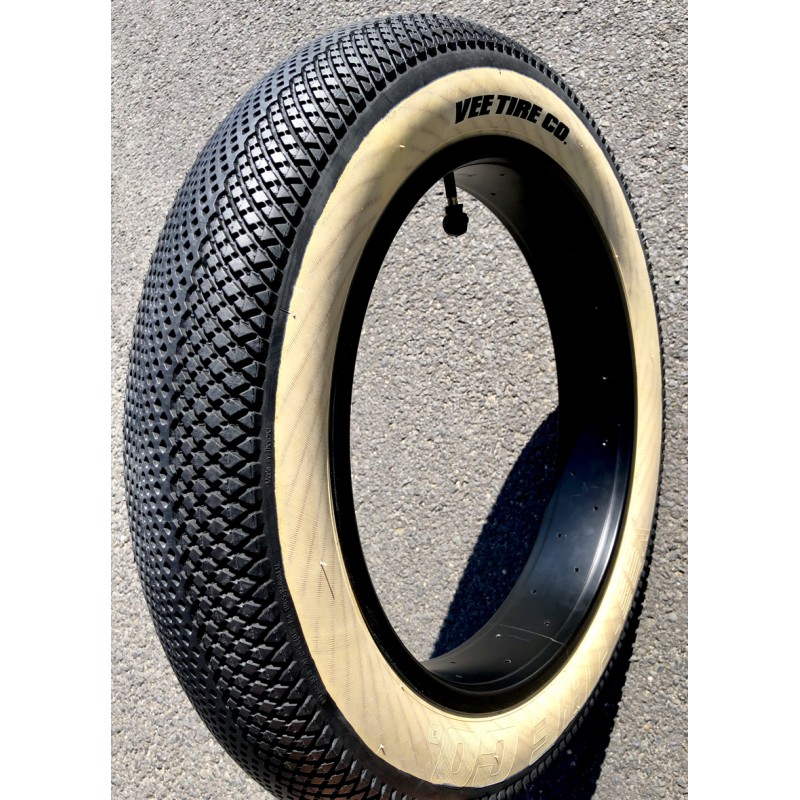 Moreover, this can happen with any type of car tires, including tubeless ones, which have recently been popular with many motorists.
Moreover, this can happen with any type of car tires, including tubeless ones, which have recently been popular with many motorists.
A car tire cannot explode just like that, there must be reasons preceding the explosion. The main ones are:

An under-inflated tire bursts due to overheating - the contact patch with the road surface increases, heating occurs faster. An over-inflated tire can burst when hit by any sharp object.
There are also other reasons that lead to the fact that tires literally explode on the go. One of them is exceeding the maximum speed limit set by the manufacturer for a particular model or series. The limit is indicated on the sidewall of the wheel and in no case should it be exceeded, as this is fraught with serious problems. Another indicator, the excess of which leads to the fact that the tire may burst - the load index. This is especially true for trucks.
If there is an explosion or you find a puncture in advance, you need to purchase a new tire and put it on the car. In the event of an explosion in the direction of travel, it is necessary to take a set of measures:

If you don't have a stowage or spare tire, you should try to repair the puncture (provided there was no explosion, but you know about the damage). To do this, you can use a rubber band or sealant.
Summer Drive Protection Sound Comfort
Rating:
4.5
Tires Goodyear Eagle F1 Asymmetric 3 SUV
Summer Drive protection
Rating:
4.5
Tires Goodyear Eagle Sport TZ
Summer Drive protection
Rating:
4.5
Tires Goodyear EfficientGrip 2 SUV
Summer Drive Protection Run On Flat
Rating:
4.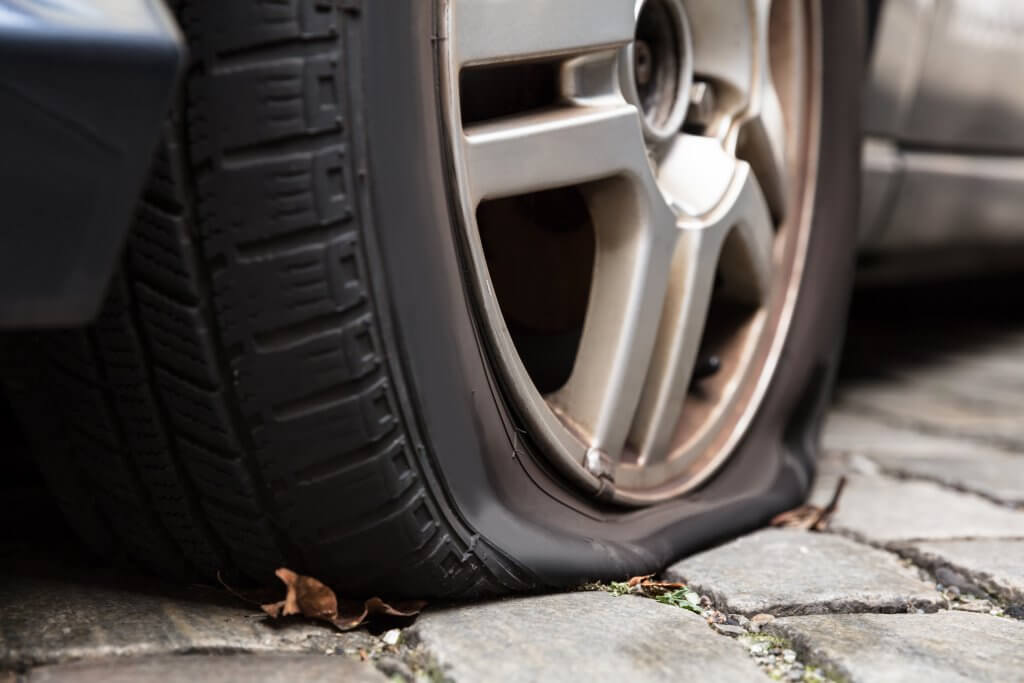 5
5
Tires Goodyear EfficientGrip Performance
Winter Drive protection
Tires Goodyear UltraGrip Arctic 2 SUV
Winter Drive Protection Sound Comfort
Rating:
4.5
Tires Goodyear UltraGrip Ice 2
Winter Drive Protection Sound Comfort
Rating:
4.5
Tires Goodyear UltraGrip Ice SUV
Winter Drive protection
Tires Goodyear UltraGrip Performance+ SUV
All season Drive protection
Rating:
5
Tires Goodyear Vector 4Seasons Gen-3 SUV
Summer Drive Protection Run On Flat
Rating:
4
Tires Goodyear Wrangler HP All Weather
All season Drive protection
Rating:
4.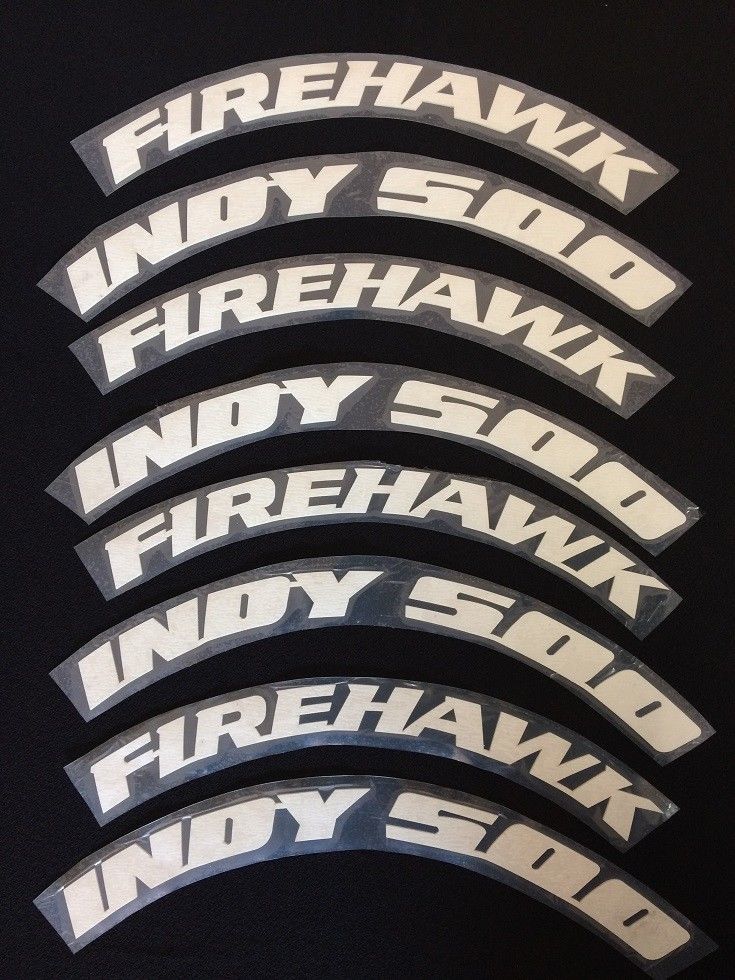 5
5
Tires Goodyear Vector 4Seasons
Summer
Rating:
4.5
Tires Goodyear Wrangler All-Terrain Adventure with Kevlar
Summer Drive protection
Rating:
4.5
Tires Goodyear EfficientGrip SUV
Summer Drive Protection Run On Flat
Rating:
4
Tires Goodyear Eagle F1 Asymmetric SUV
Cracks in rubber are not new to car owners.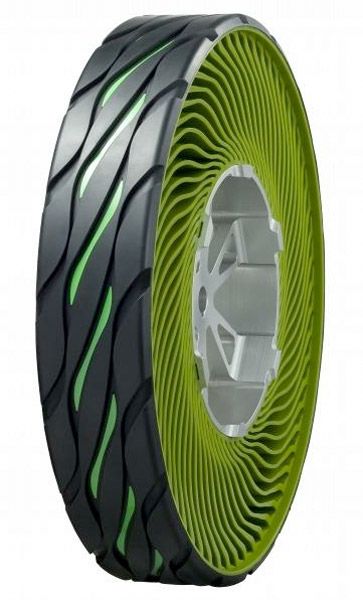 Often they are found during the transition from one season of operation to another and a planned replacement of wheels. The main reasons for the appearance:
Often they are found during the transition from one season of operation to another and a planned replacement of wheels. The main reasons for the appearance:
A cracked wheel can be dangerous for further use.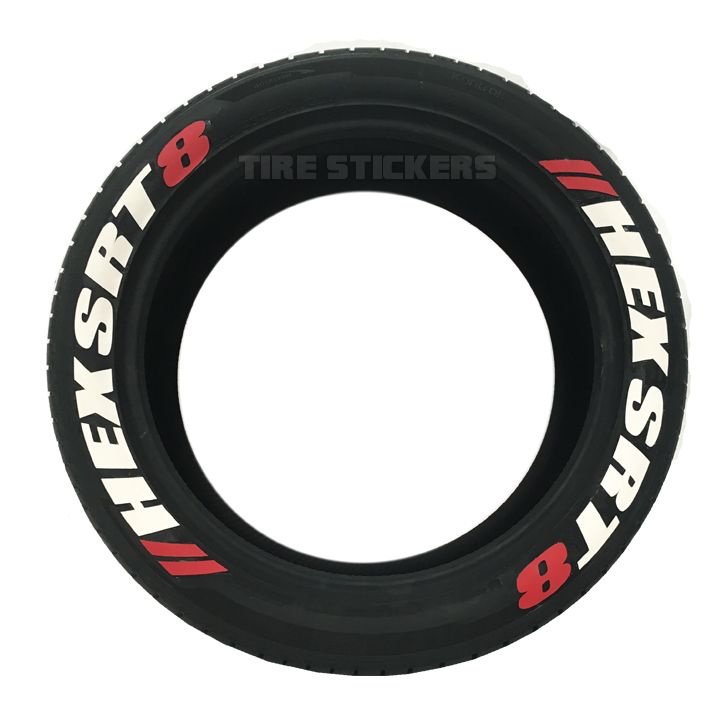 At the same time, its size and possible consequences should be assessed. Depending on the nature of the crack, there are:
At the same time, its size and possible consequences should be assessed. Depending on the nature of the crack, there are:
In the first case, the wheel may not burst while driving, if the speed limit is not more than 80 km/h. Sharp maneuvers, starts with sharp acceleration, emergency braking are also contraindicated. Do not tempt fate and practice aggressive driving. If these rules are not followed, the tire may not withstand the load and explode.
Deep damage indicates complete failure. It is strictly forbidden to use a product with such cracks, it must be replaced with a new one. Otherwise, there is a risk that the tire will burst on the go. Dirt, water, chemicals used in winter to remove ice on the road can get into the crack. All this will speed up the process of its destruction.
Regardless of the size and depth of the crack, damaged tires will have to be replaced with new ones. Long-term operation is not allowed. Moreover, under the influence of external factors (water, temperature differences, dust and dirt), cracks will only increase, and the wheel will collapse.
Long-term operation is not allowed. Moreover, under the influence of external factors (water, temperature differences, dust and dirt), cracks will only increase, and the wheel will collapse.
A hernia is no less of a problem than a fissure. This is a swollen bump on the lateral surface (external or internal). The phenomenon is also very dangerous and can lead to an explosion. Although you can often see cars with wheels that show a hernia.
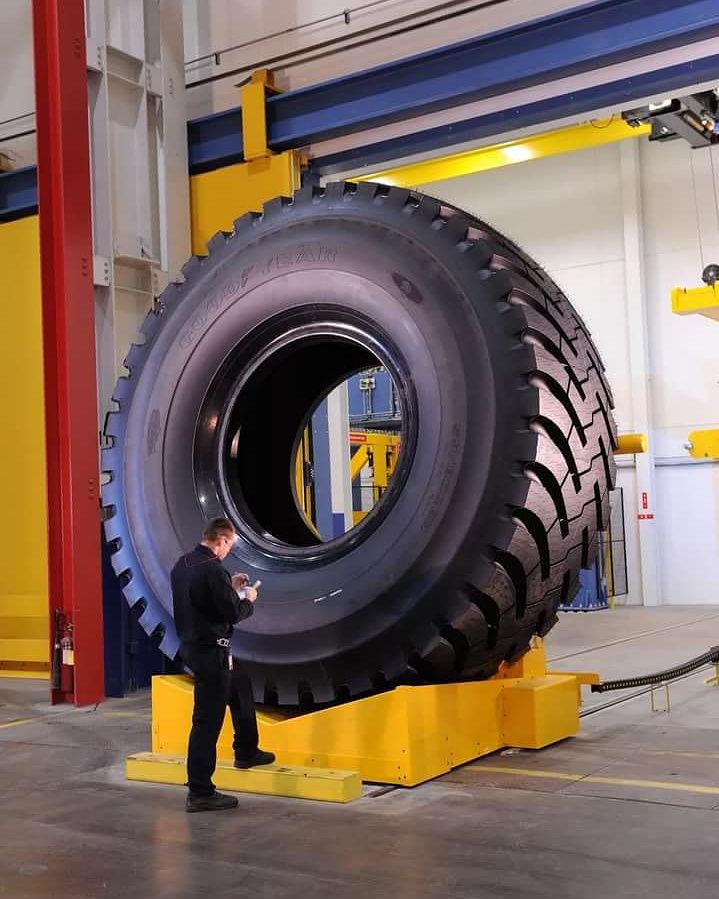
A hernia can be repaired but should not be done. Sooner or later she will appear again. It is best to change the tire and not save on your own safety. Theoretically, you can put a patch, while you will not restore the rigidity, you will break the weight and balance. It is better to buy new wheels, having analyzed the causes of the hernia, in order to prevent this in the future.
In order to avoid bursting a tire on a car, a set of measures must be taken. First of all, it is recommended:
